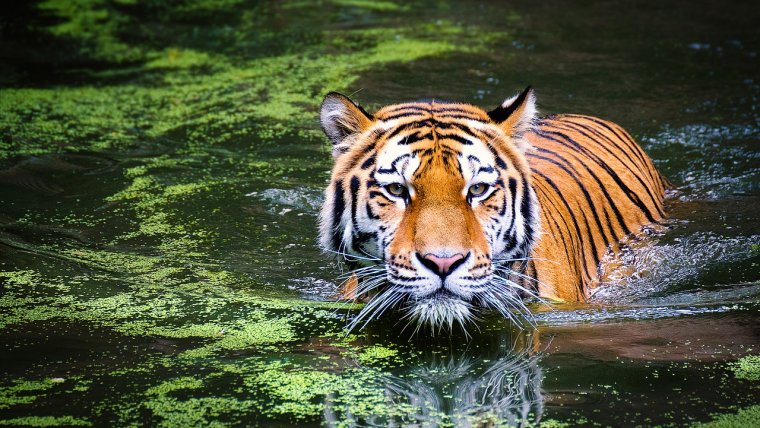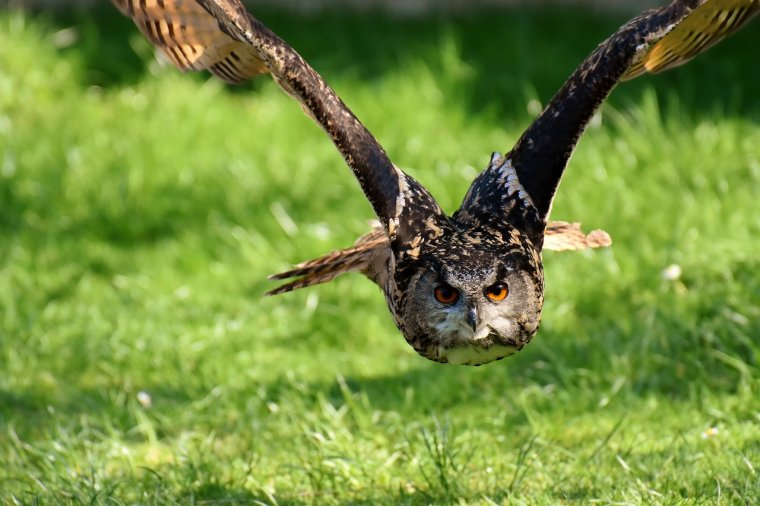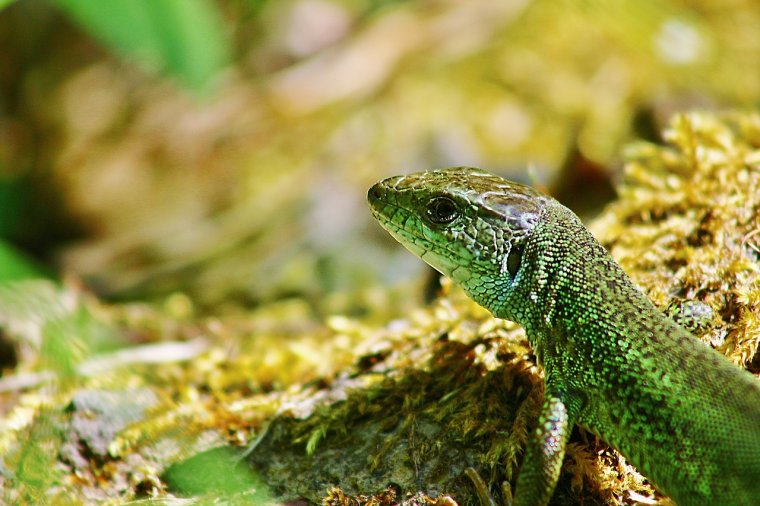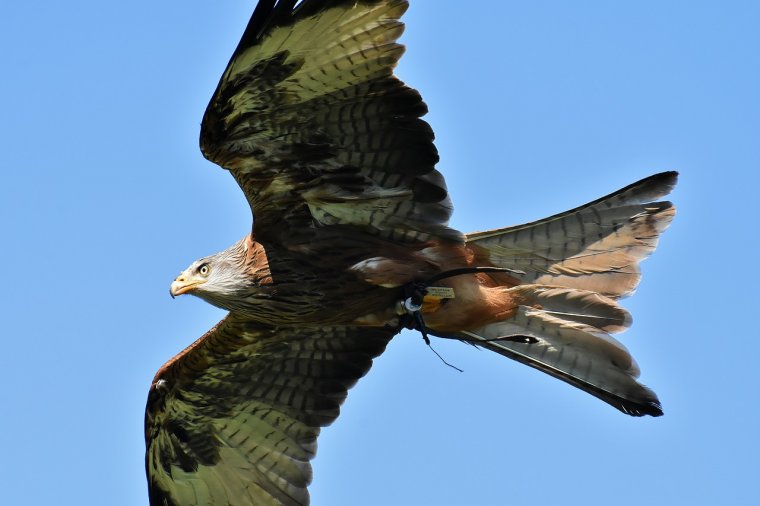
Feeling the beauty and uniqueness of the perfect photo inevitably leads us to the outdoors where every photographer can enjoy the adrenaline of wildlife photo-shoot. When I first decided to try myself out in the wild and create a work of art which includes a flying bird or a cub with its mum, I was overwhelmed with the questions: What is the best part of the day to look for animals? What is the best distance from the animals? Is it safe for me? What about the weather? The answers to these and many more can help you as a beginner not to quit but to find the easiest way to a skyrocketing photo of the wildlife.

Table of Contents
My more experienced photographer friends advised me never to a photoshoot in the middle of the day, but instead to have an early start in the morning. Don’t let the sun in its highest point interfere your photo, creating shadows where not necessary. Do not avoid the rain either, because it can save your photo from the insects. Early in the morning or before sunset, seem to be the best parts of the day to go on your quest for an animal photographing. Moreover, animals seem to be more active in the morning and before sunset. Never miss the sunset!
Exploring the wildlife in order to create the perfect photo is an essence. You have to be aware of the animal’s habits because they can actually help you. For example, some birds take a poo before their flight, and this can trigger and well-prepared you to take the best bird-flying photo. If a flying bird seems too fast to capture, try to look for some consistency in the flight. If polar bears are your interest, you may have to spend more time watching and learning about their behavior such as which cub is more playful or where does the male usually lie.

Don’t expect to open your front door and snap your lifetime photo. It takes a lot of waiting, planning ahead and an enormous amount of patience. My friend and professional photographer Mr. Arsoski were waiting for seven hours out in the rain just to get the emotional image of two bears looking for shelter. You can actually see their worried faces in this photo. The heat of the sun, drizzling rain or even a heavy storm cannot stop you, as long as you always keep in mind your safety and well –being.
Once you are out in the wild, the first thing you should do is explore the environment. In this way, you are actually checking your future setting. Possibilities are enormous so remind yourself what you want- what’s the purpose of your quest. Now that you are aware of the possible background you may want to adjust yourself. Use the longer lens to narrow the view. Make sure you get a clean, calm background without many details. You may choose to put a background such as trees or mountains further away from the subject which will give the viewer focus on your subject only. Always keep in mind that you can’t change the animals’ natural habitat, but you can always change your position.

When setting off, every photographer’s most difficult decision is what gear to take and what to leave behind. Suddenly, all you have is a necessity! One would believe that the more advanced equipment is the better, but I assure you that out in the wild less is the best. You have to make sure what are you aiming at this time and take the suitable equipment according to your decision. For example, if you are hiking most of the time you should limit your load to just one camera and a medium telephoto lens. Smaller focal length such as 85 mm or 50 mm would be the most suitable if you can manage some closer, eye to eye contact with your animals. For a landscape, you need a wide-angle lens. To conclude: just take what you need, never overload because that can make traveling and get around in the wild more difficult.
Getting some hints already? Then you are on the right track. Make sure to plan everything in advance and take a good care of yourself in the wild. Keep your safety as your prime goal. Wildlife can be brilliant to observe and photo-shoot, but at the end of the day, you can never predict the animals’ behavior. Your leading force is your passion, not any kind of income. The fulfillment brought to you by a photo sending a message, expressing animals’ emotions, or presenting the wonders of nature is indeed priceless. It is worth to give yourself this treat. Never give up!
Comments (0)
There are no comments yet.